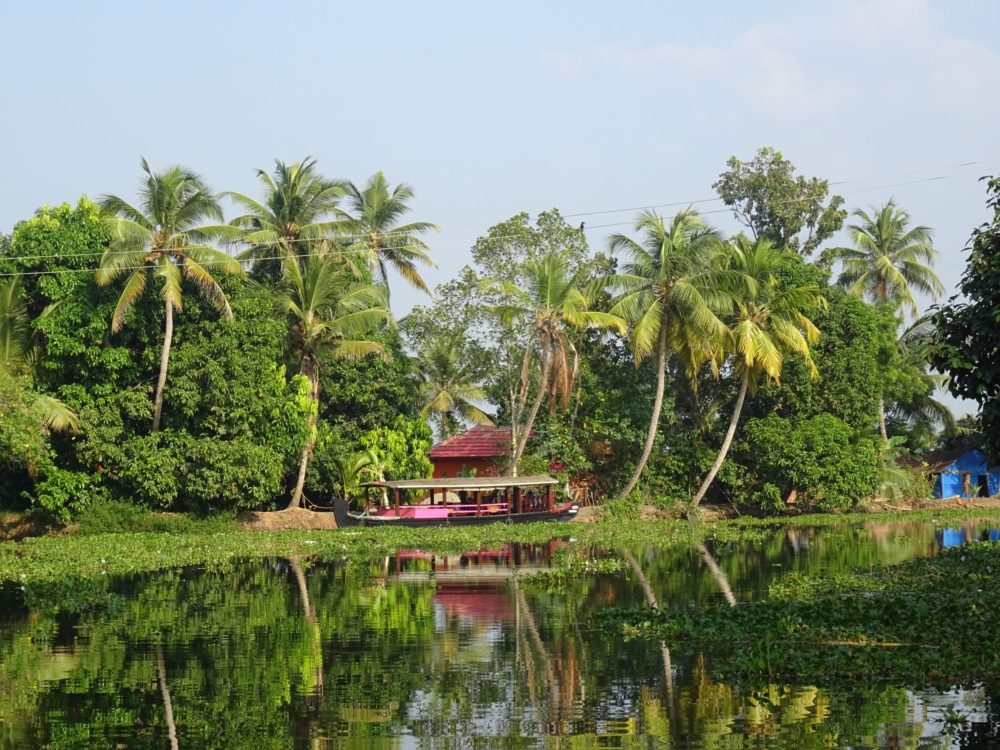By Neena Bhandari
Sydney, 11.12.20 (SciDev.Net): Researchers have developed a living plant-based sensor that can in real-time detect and monitor levels of arsenic, a highly toxic heavy metal, in the soil. Arsenic pollution is a major threat to humans and ecosystems in many Asia Pacific countries.
Arsenic contaminated water used for drinking, food preparation and irrigation of food crops poses the greatest threat to public health because the toxic chemical is naturally present at high levels in the groundwater of a number of countries, according to the World Health Organisation (WHO).
“Detecting arsenic level in the soil is important to ensure minimal contamination of our food chain. If we can have a convenient way to measure arsenic concentration in the soil in real time, we would be able to take preventive measures to keep arsenic level at the minimum, strengthening our food safety”, says Tedrick Thomas Salim Lew, a recent graduate student of the Massachusetts Institute of Technology (MIT) and co-lead author of the research published in Advanced Materials on 26th November 2020.


